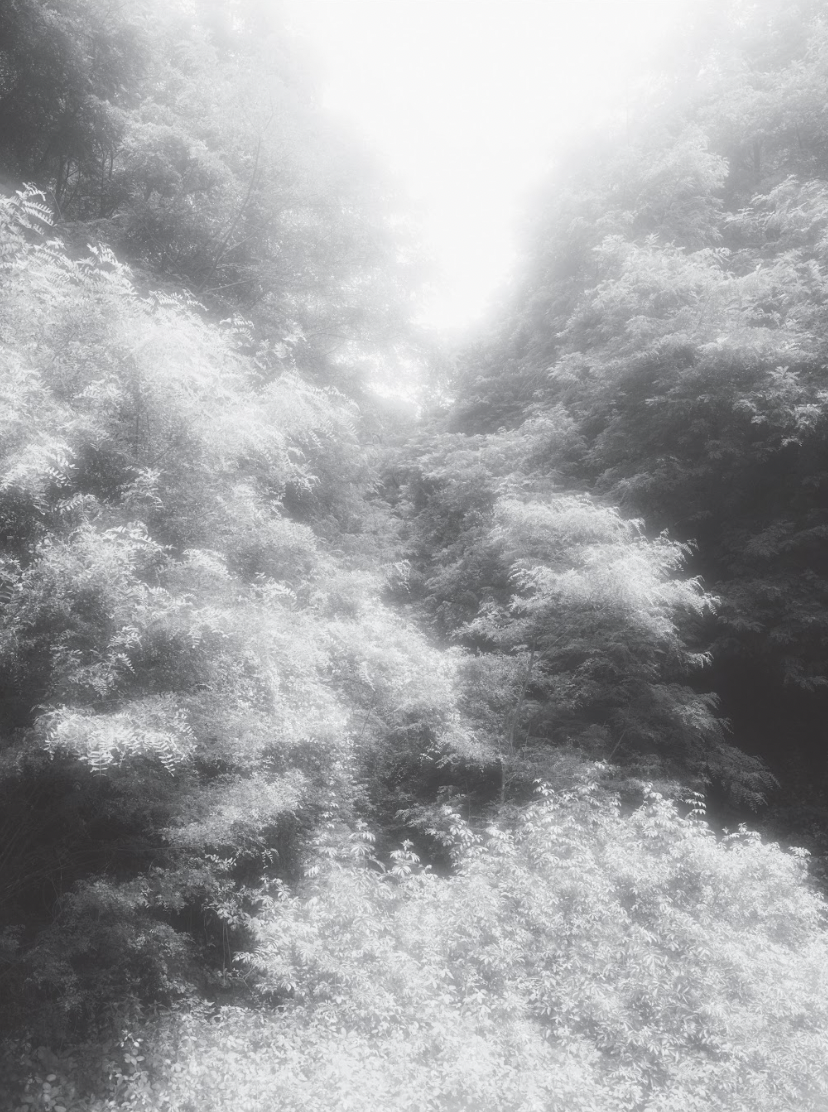Anyone who has ever spent more than a few hours in a darkroom knows it is as if you are in a womb: there are no external stimuli, no daylight, no sounds. Just you and the magic of the developing process. Whilst this might not be an environment suited for everyone, for Rogier Houwen (1992), an up-and-coming photographer from Amsterdam, the darkroom represents the departure point of his contemplative photography practice. It is the space where he can convert his daytime observations – from a shimmering reflection in the dusk to an ocean vista – onto paper, to then be able to share with the world. Whether it is a landscape or an inanimate object like a candle on the brink of extinguishing – to Houwen everything radiates a certain atmosphere. These atmospheres – the subtle vibrations that can be felt – are his subjects. “My work is not about what is seen but what is felt through seeing.” As such, his imagery is an echo of a feeling that he wishes to communicate to the viewer, not a depiction of what he saw at the moment of pushing the button. Employing a muted, mostly black-and-white palette, the photos are stripped of perceptions of space, distance and time – giving it a transcendental and timeless quality.
Here he reflects on how this meditative art practice came into being, what draws him to the qualities of black-and-white photography and how he unites the everyday with the cosmic.
If you had to describe what it feels like to look through your eyes. What would you say?
It feels like a continuous sense of wonder. Through my eyes everything is radiating an atmosphere. Close observation of these atmospheres is the entrance to my vision. What I find striking has not much to do with what I objectively observe, but more so the feeling of transcendence I have through observing. I see my photographs as windows for wonderment that can take the viewer out of a limited self-identity into a cosmic identity. They reflect a sense of being part of a universal whole.
What is the catalyst for your current work and what development preceded it?
In 2017 I had a spontaneous transcendental experience in which my sense of individuality dissolved into universality or what I call universal consciousness. This event naturally caused an urge to withdraw my senses from the outer world and explore my inner world. The experience of oneness – of having no boundaries and being one with everything – shook me from the bottom up and my mind needed time to recalibrate.
